History
The oldest streets in The Hague are to be found in the Royal Quarter, under the shadows of the modern skyscrapers. They have their origins in the old dune-paths, which give them their current slightly winding routes. From the Middle Ages this area has always been full of bustling activity.
Exceptional places
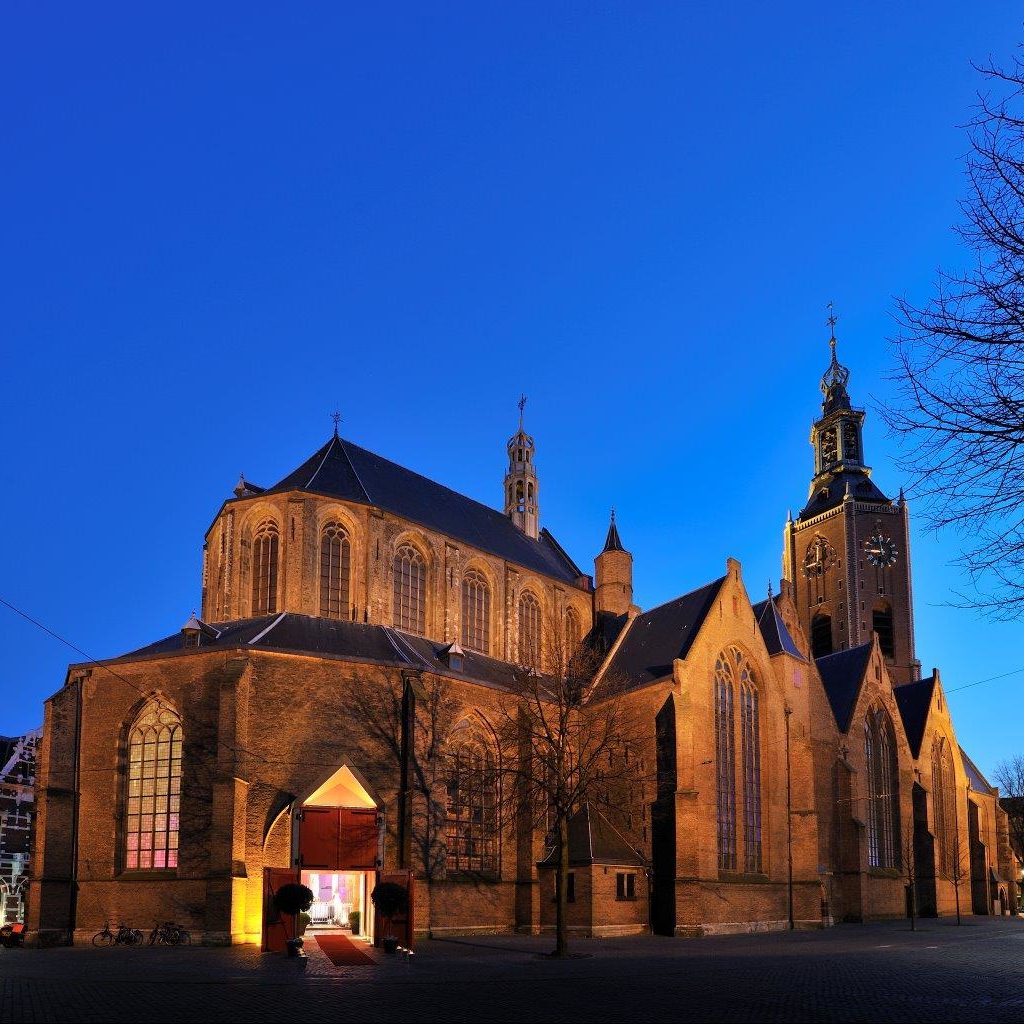
With such a long history, the Royal Quarter naturally is home to many exceptional addresses. Firstly, the most important landmark of the city centre, the Great or Saint Jacob’s Church. This place of worship is 92.5 metres high and is one of the oldest buildings in the city. It stands on an ancient range of dunes dating from the Middle Bronze Age. Archaeological finds indicate that there was human activity here at that time. The original church was built in wood, but at the beginning of the fourteenth century records mention the ‘Great Church’, which suggests a building made of stone. In 1456 a meeting of the Chapter of the Knights of the Order of the Golden Fleece took place in the church, with Duke Philip the Good presiding. The armorial boards of the knights who attended were lost in a fire in 1539, but were soon afterwards replaced by new ones, which can still be admired today.
Another special religious place is the ‘Willibrordushuis’, or St. Jan’s Monastery, in Oude Molstraat. Catholics have been able to find a safe haven here since the seventeenth century. Don’t be alarmed if you suddenly come across a monk wearing his habit, as this place is still a spiritual centre, with the monumental and beautiful ‘Willibrordus Chapel’, dating from 1928, at its heart. The Brothers of Saint Jan live here and brew their own traditional beer, the ’Haagsche Broeder’. People can also come and stay here, on retreat, for rest, reflection and relaxation. In the monastery-shop all kinds of traditional, craft products are for sale.
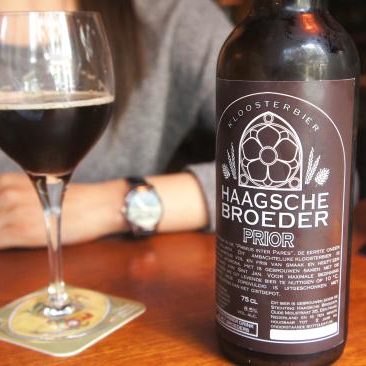
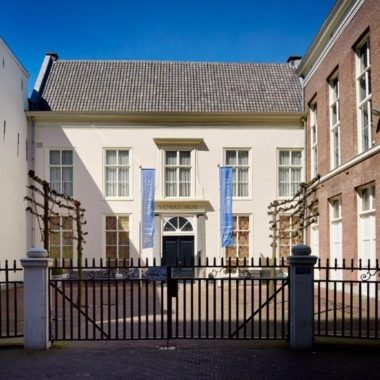
The adjacent ‘Oude Mannenhuis’ (Home for Elderly Men) dates back to 1772. Jacob van Beieren van Schagen left his money to a Poor Fund, with which the Oude Mannenhuis was built. Until 1980 the Oude Mannenhuis in Oude Molstraat remained in use as a home for elderly men. The men lived in small rooms situated along hallways. Currently it is owned by ‘Stichting Noodopvang Haaglanden’ (Foundation for Emergency Shelter The Hague). The Foundation has restored the building, with its marble hallways and old brickwork facades in the courtyard, to its original state.
The former official residence of the Mayor of The Hague, in Nobelstraat, is since 1811 the Venduehuis (Auctioneering House), the oldest auctioneering house in The Netherlands. The Association of Notaries in The Hague founded this auctioneering house, because the French rulers at the time only permitted public sales under the supervision of a town auctioneer. In the past two centuries many remarkable items have been auctioned and art- and antique-auctions continue to be held here regularly.
Court life
The name of the Royal Quarter relates to its close relationship with the royal court and the Noordeinde Palace in particular. The House of Orange history with regards to the Palace began in 1591 when Louise de Coligny, widow of William of Orange, took up residence. Her son, Frederik Hendrik, employed the famous architects Jacob van Kampen and Pieter Post to reconstruct the palace to how it approximately is today. From King William I onwards, the palace became the royal residence., until the Second World War broke out. Queen Juliana was born there! After a fire in 1948, the palace lost its royal status, until Queen Beatrix started to use it again. Since then it is the ‘work-palace’ of the ruling monarch and it is currently used as such by King Willem-Alexander.
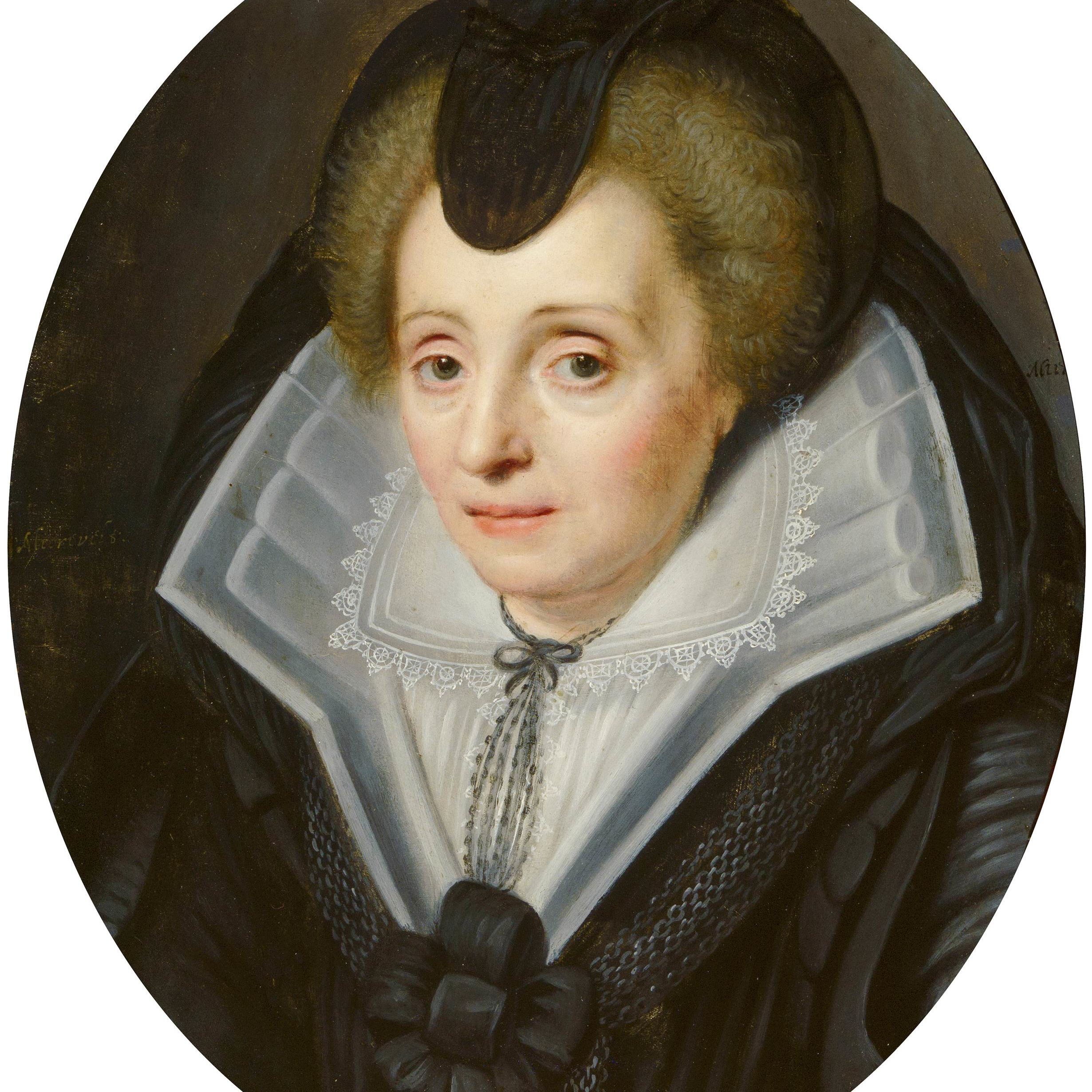
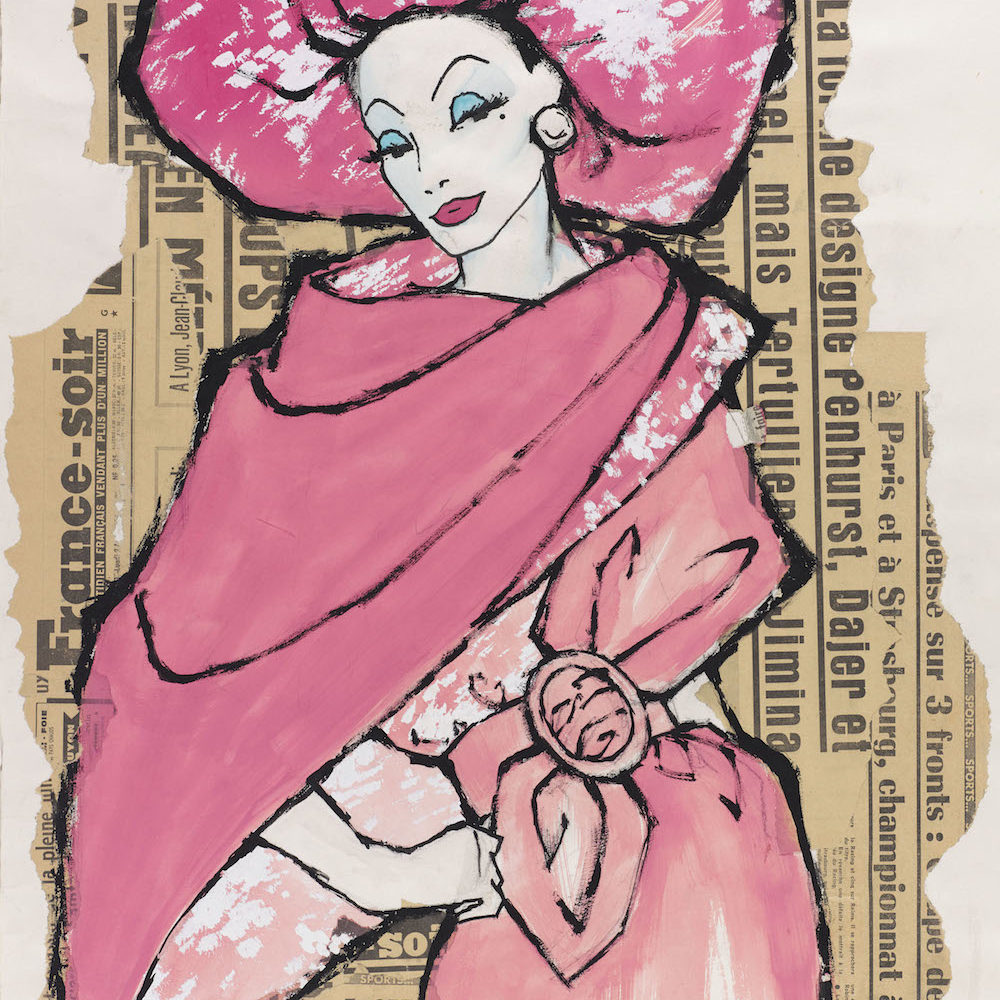
Naturally the Royal Quarter profits from its close links with royalty. Many tradespeople are to a greater or a lesser extent employed by the palace. A recent example is couturier Frans Hoogendoorn, who had his fashion-salon in Molenstraat for many decades and used to dress many members of the royal family.
Cultural innovation
As long as the Royal Quarter has existed, it has been a centre of cultural innovation. Writers, artists and sculptors have always established themselves here and let their surroundings inspire them. From Constantijn Huygens to Vincent van Gogh and from Louis Couperus to Jan Cremer; they all loved to come to the Royal Quarter. When The Hague was in its heyday as ‘beat town’, the cafés and bars were full of young musical talents, that later would be discovered and in some cases, would become known all over the world.
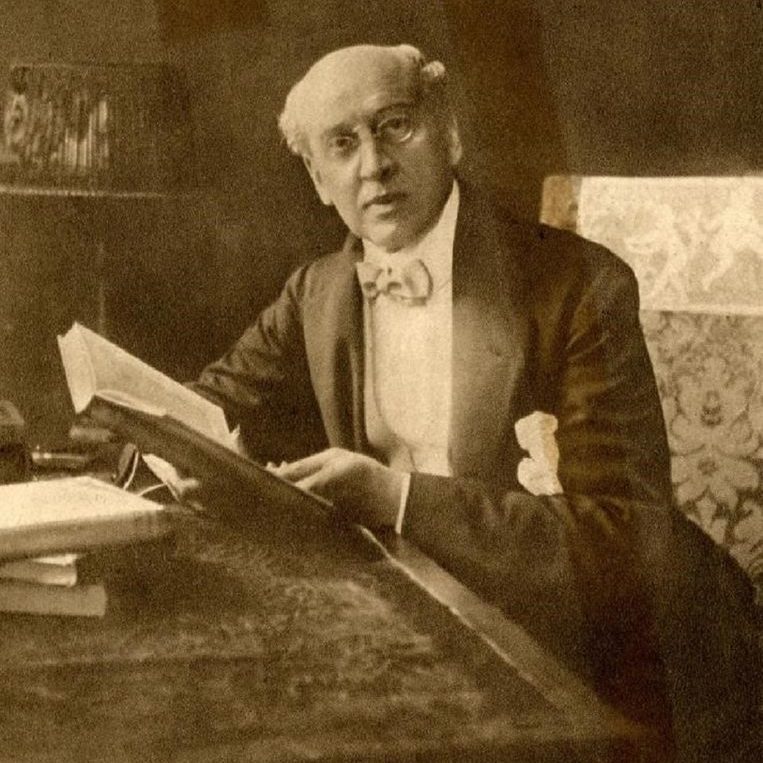
Remarkable street-names
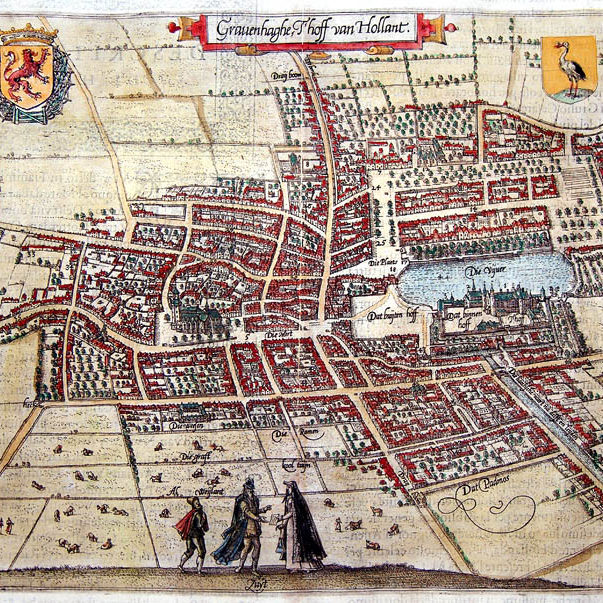
The street-names bear witness to a long and colourful history. The Molenstraat, for example, is named after the Noordmolen (North Mill), a mediaeval grain-mill that in the sixteenth century already had ceased to exist. The (Oude) Molstraat got its name from the De Drie Mollen inn, which was established there in 1592, next to the Groenmarkt, which was the point where visitors from the south entered the city. Later on, around 1620, when elsewhere in the centre another Molstraat was built, a distinction was made between the ‘Oude’ (Old) and ‘Nieuwe’ (New) Molstraat.
With regards to Juffrouw Idastraat, there are various theories in circulation. Possibly it is named after a certain lady called Yda van Dorp, about whom only her name is known. An interpretation that captures the imagination more, is that the lady in question was a ‘knocker-upper’, who knocked on the residents’ doors to tell them that the forbidden catholic service was about to be held. This would seem to be a reasonable assumption, as the Old Catholic hidden church is indeed in this street. In 1373 for the first time Papestraat (Catholicstreet) is mentioned in the records, but the exact origin of the name is uncertain. Naturally it is possible that a Mister Pape used to live in this street, but it is also possible that the street at that time led to a priest’s house.
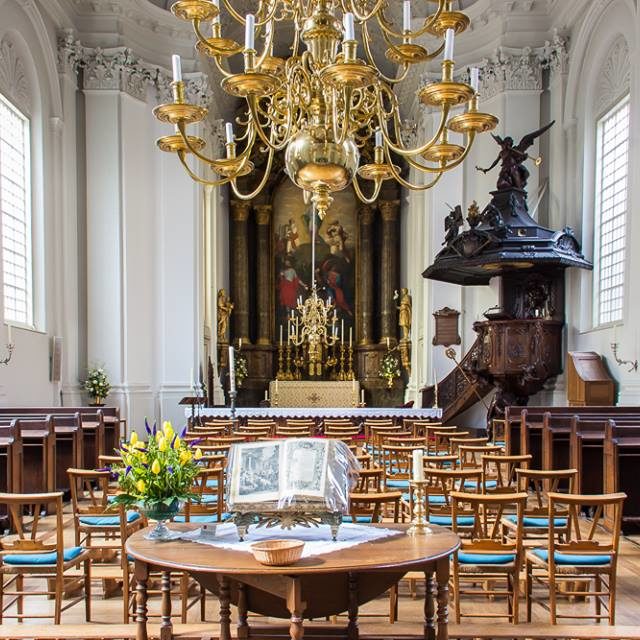
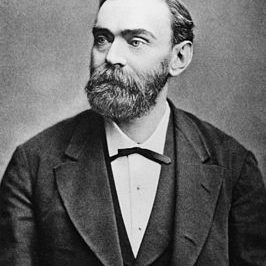
Further, it is not completely clear what the origins of the name of Nobelstraat are. Nobelstraat also used to be called Papestraat. The street is certainly not named after the Swedish chemist Alfred Nobel. It is very possible that a family Nobel used to live in the street, or perhaps owned land there. A second explanation could be that in the fifteenth century there used to be a ‘stove’ (a warm room) provided for the poor and beggars, a ‘nobel’(noble) initiative. Moreover, owing to the fact that many high-ranking figures -in other words, ‘notabelen/nobelen’ (nobles, dignitaries) used to have houses there, this could be another explanation for the name Nobelstraat.
Annastraat was known in 1356 as Hanne Wittestraat, named after one of the property-owners there. In the fifteenth century the street became known as Lapstraat, probably relating to the small houses for the elderly poor, which were owned by St Nicholas Hospital, in the same street. History does not reveal whether Anna comes from Hanna, or a completely different woman.

